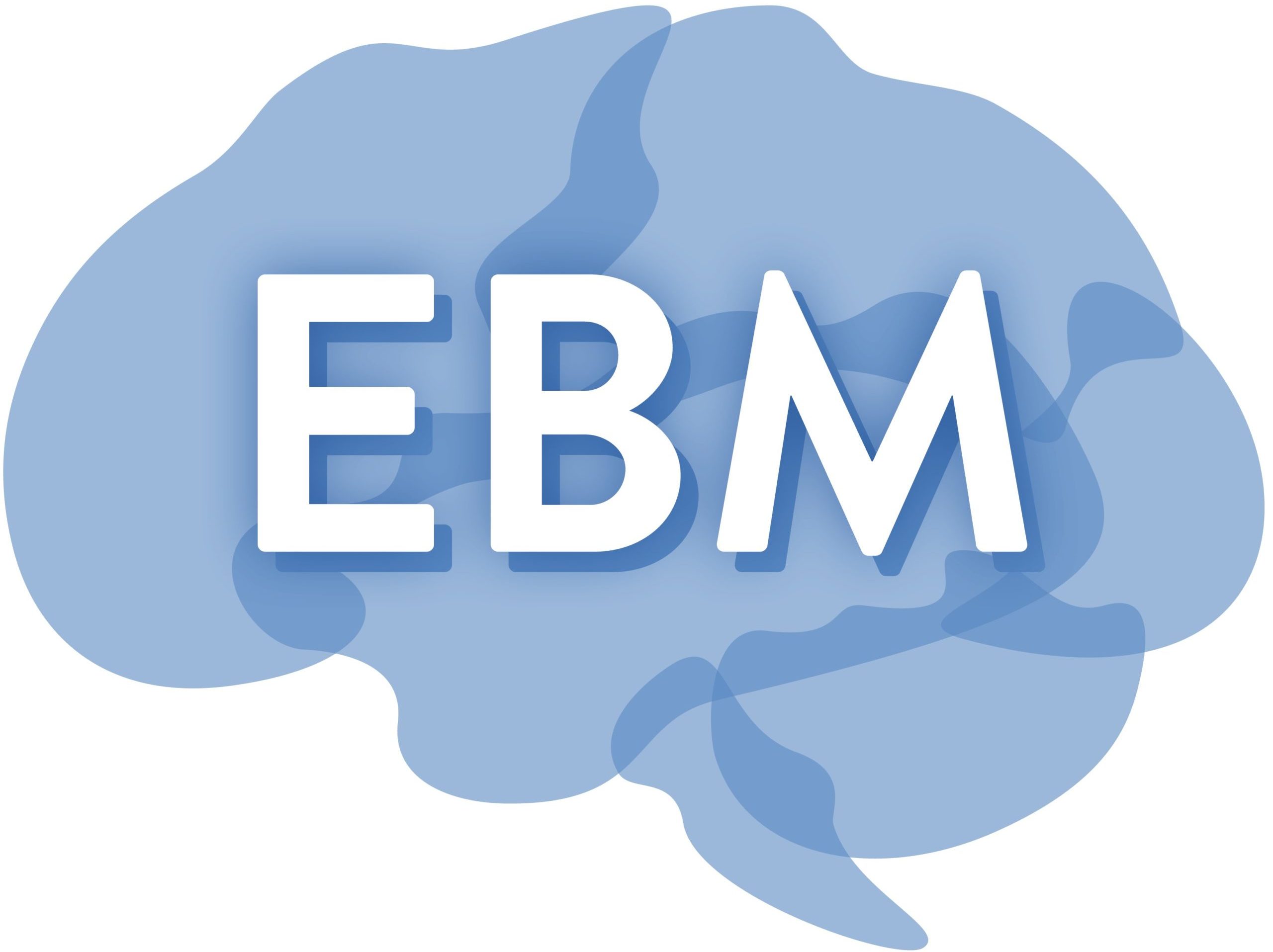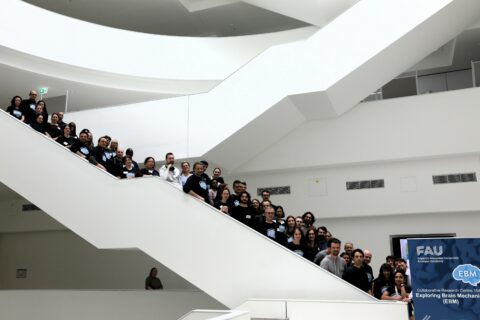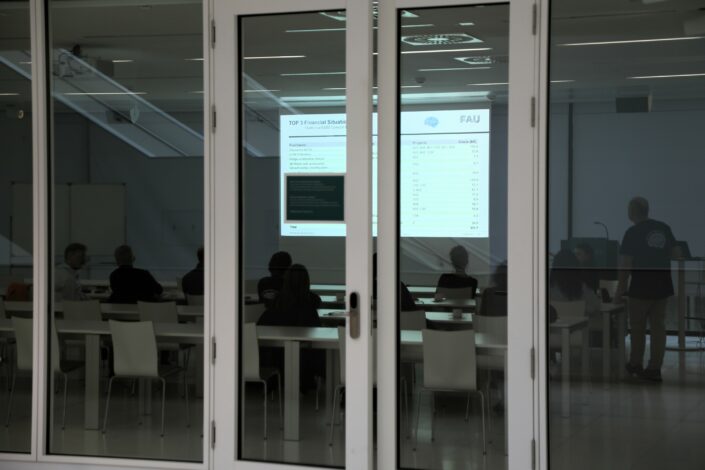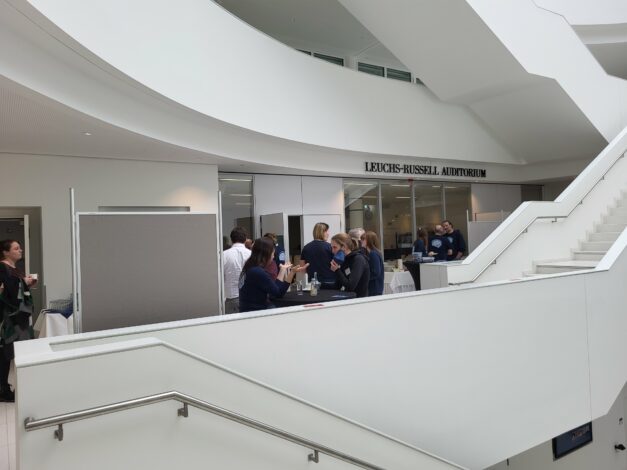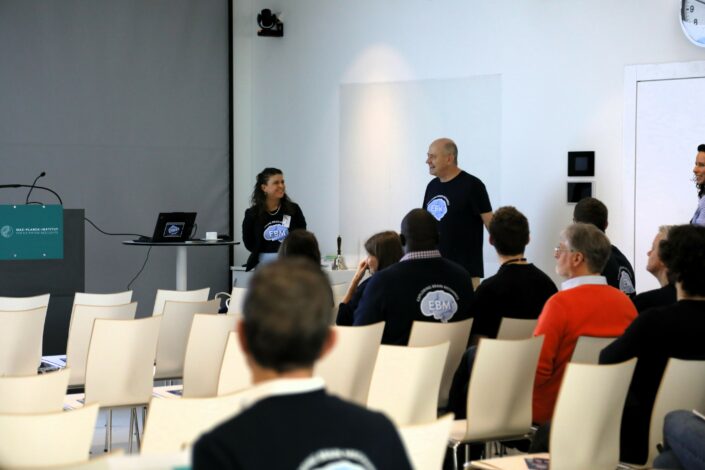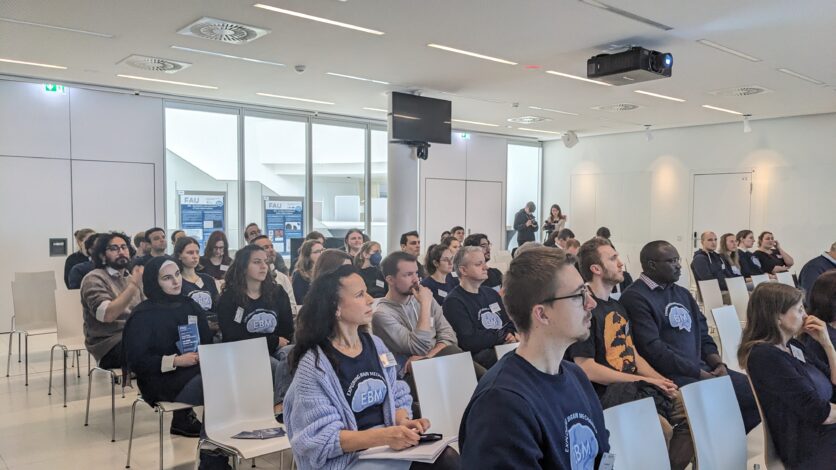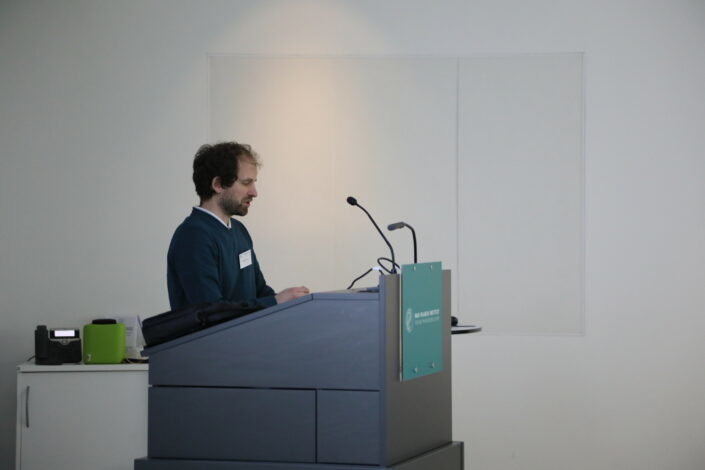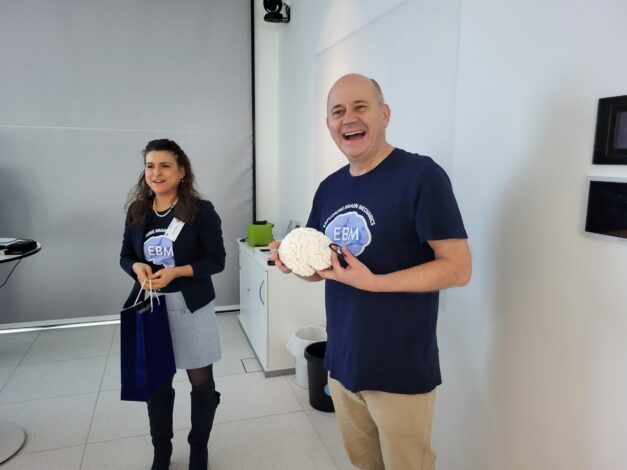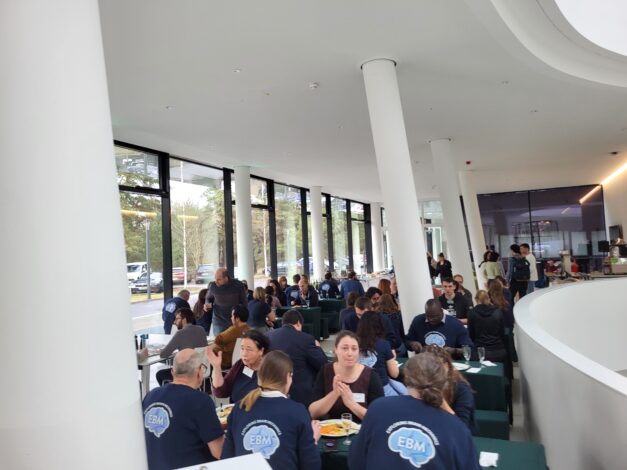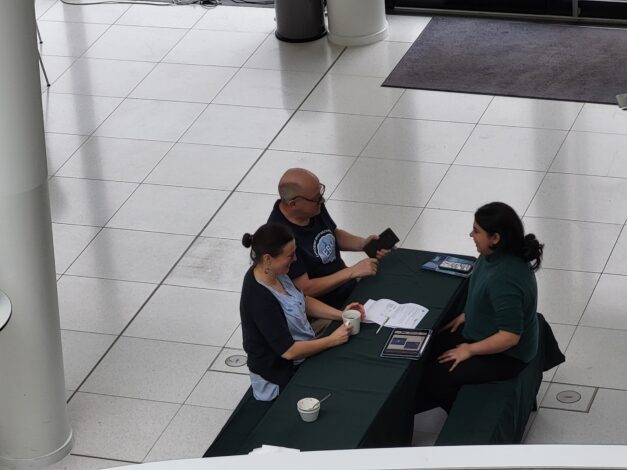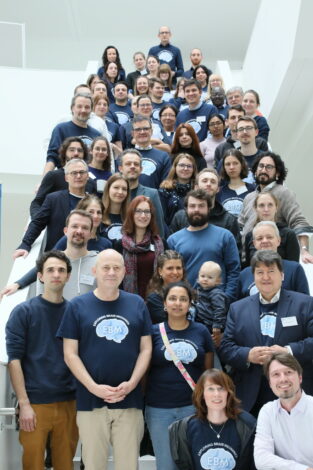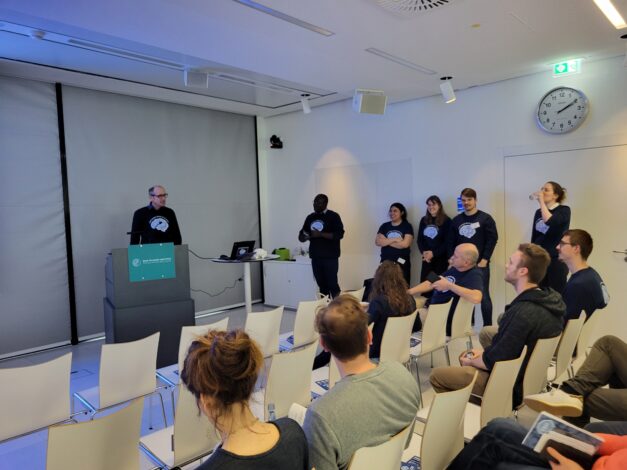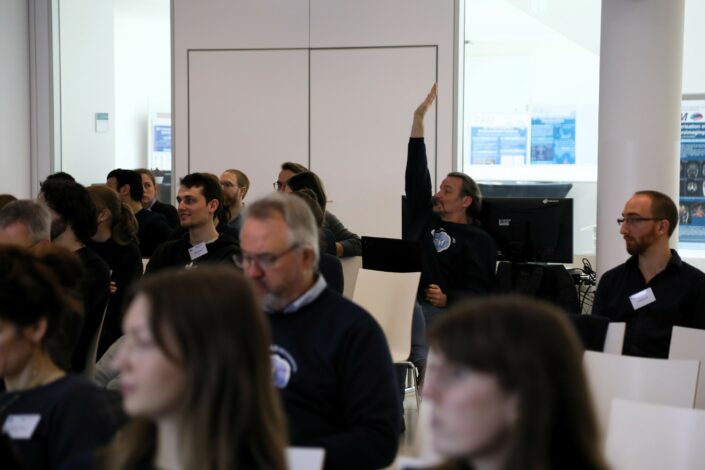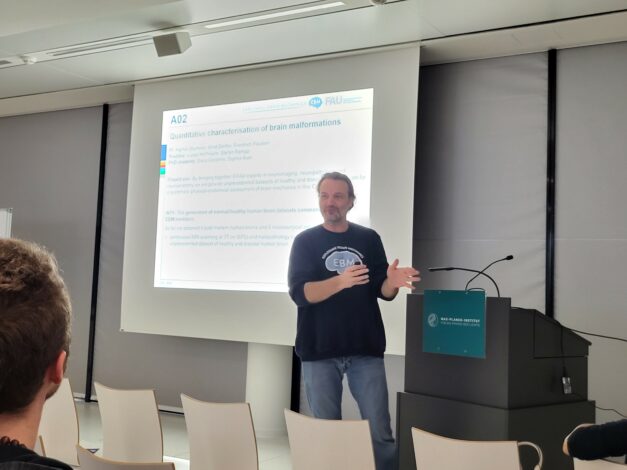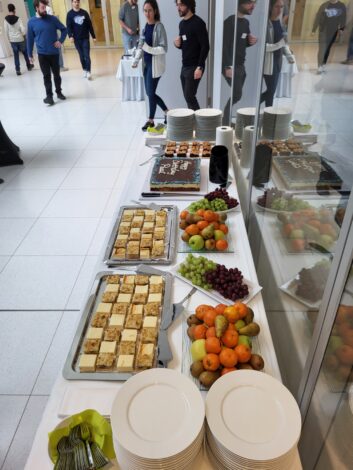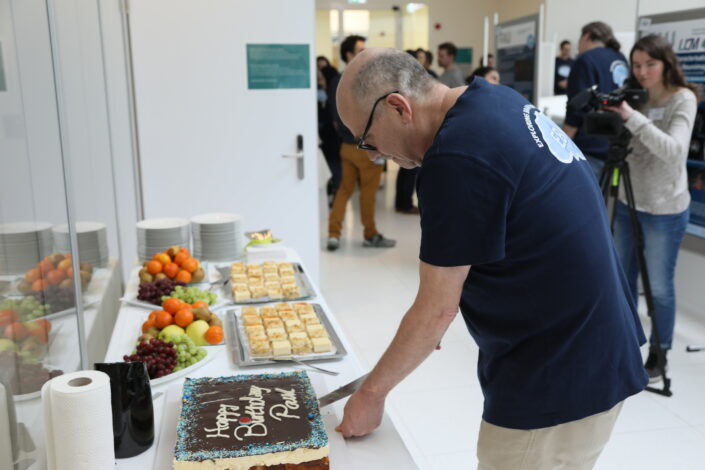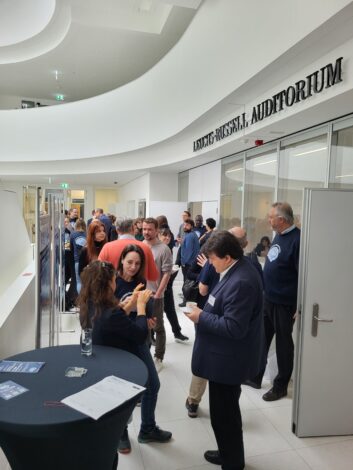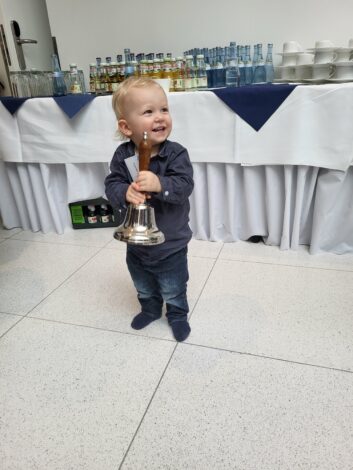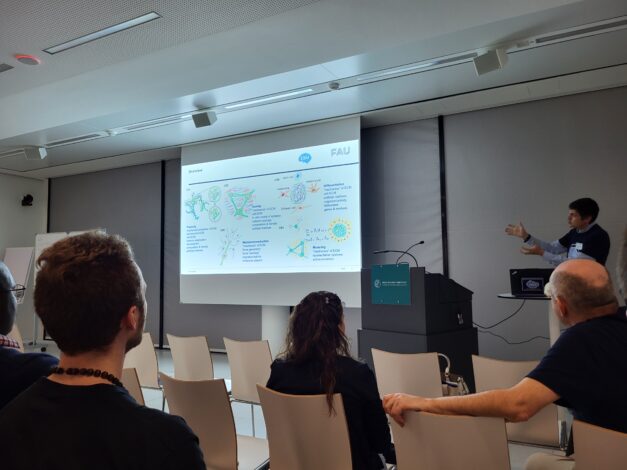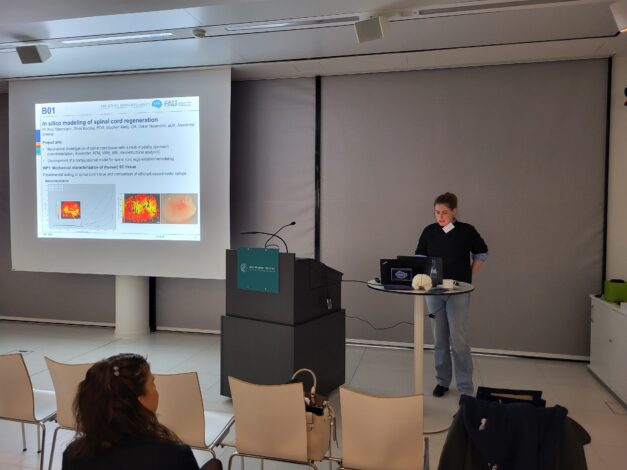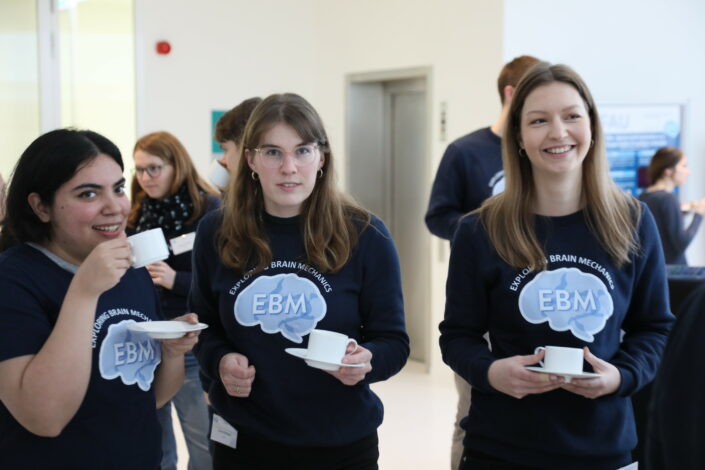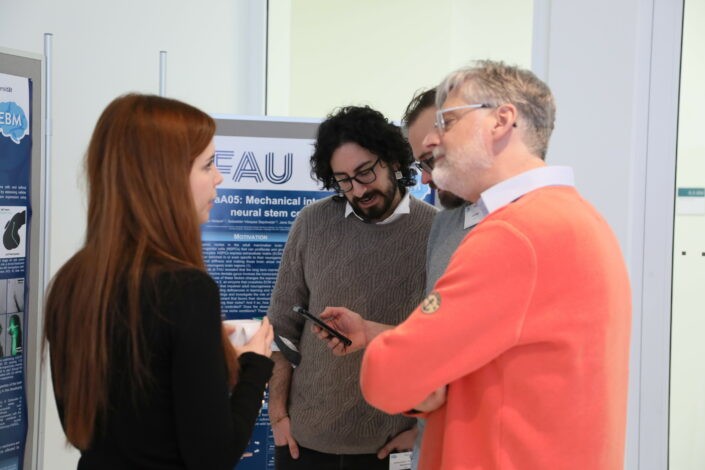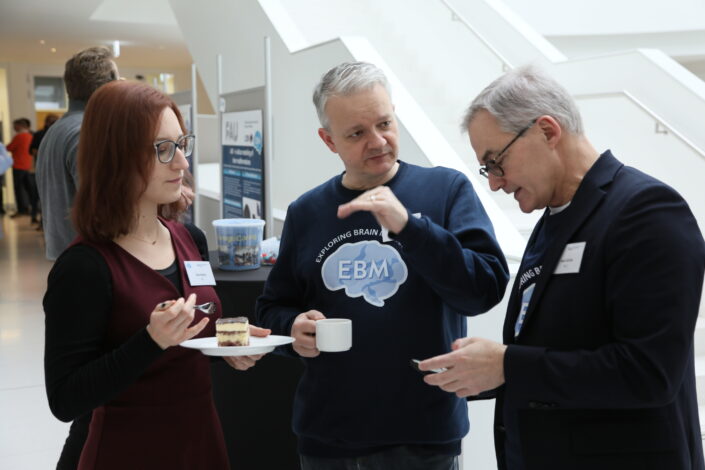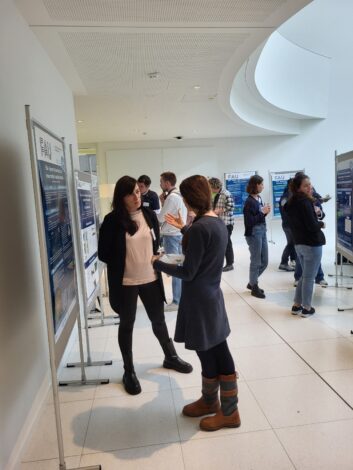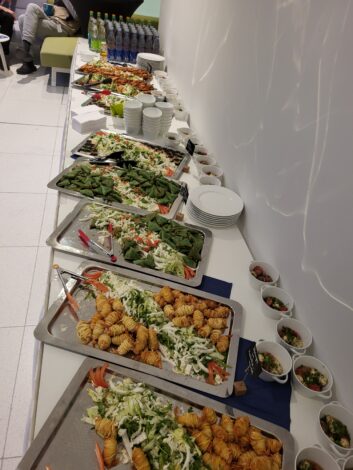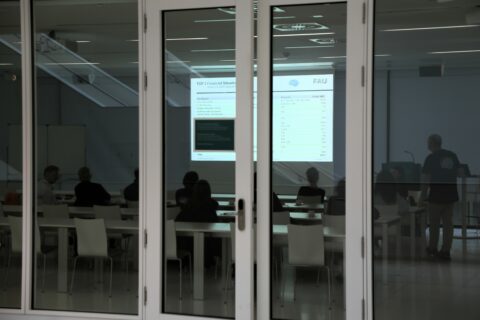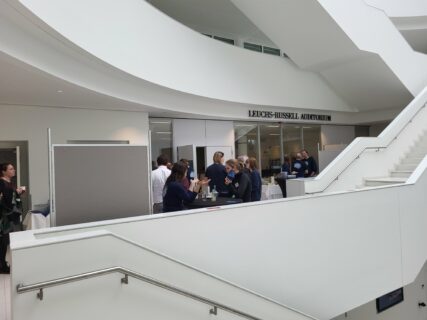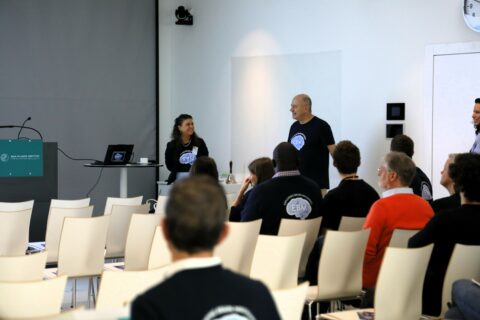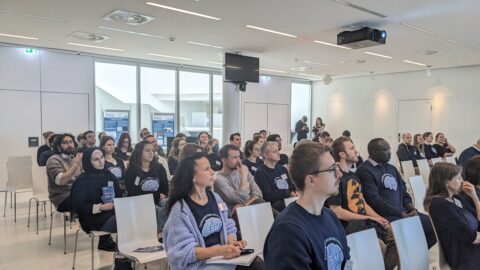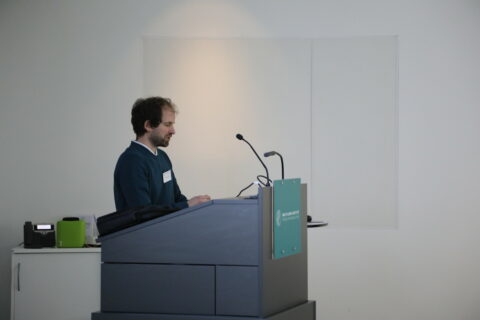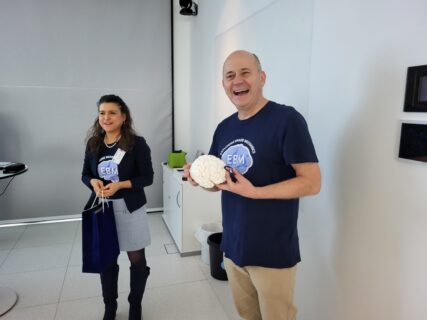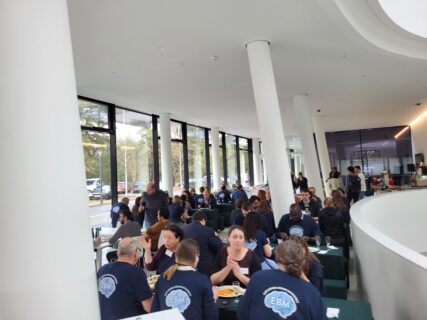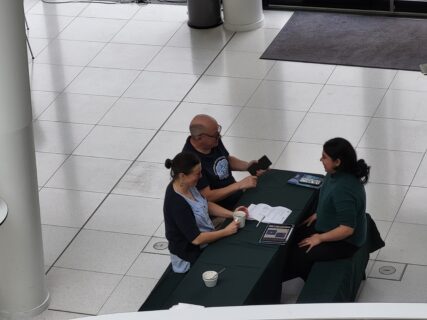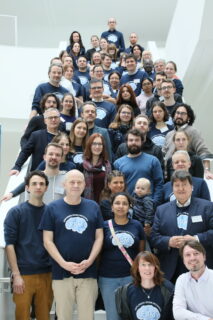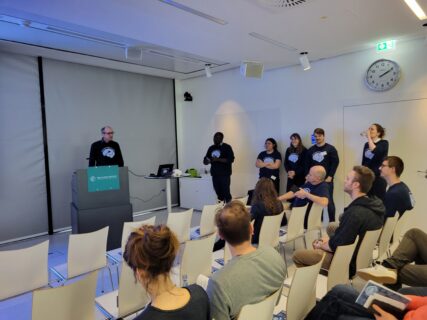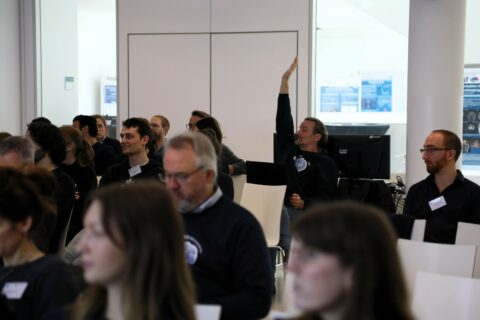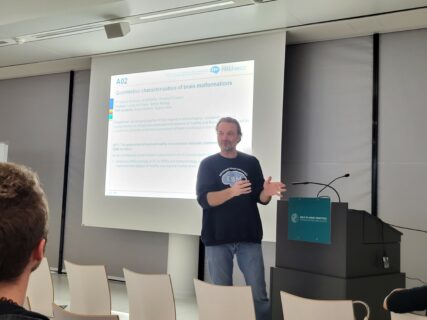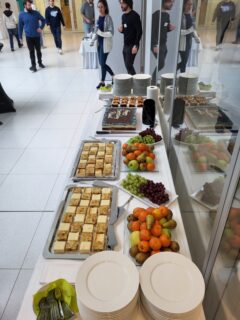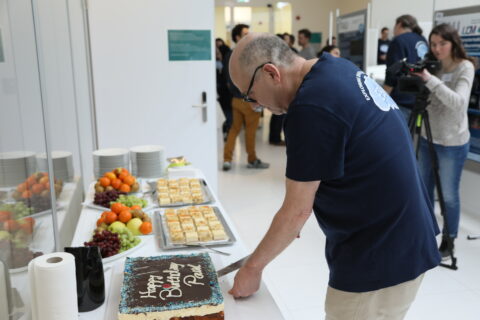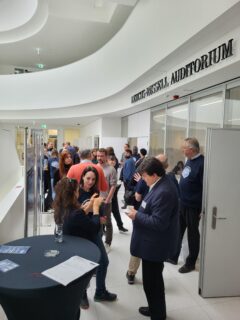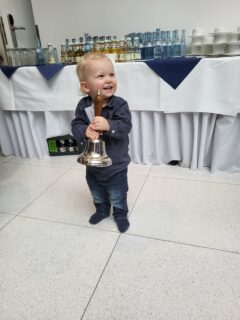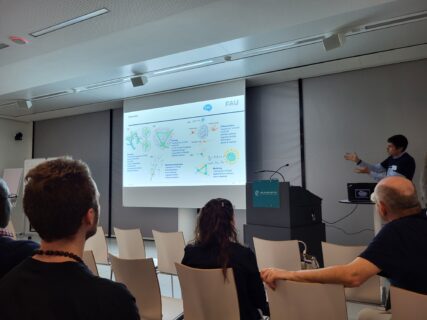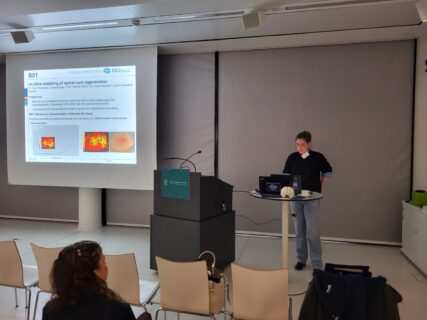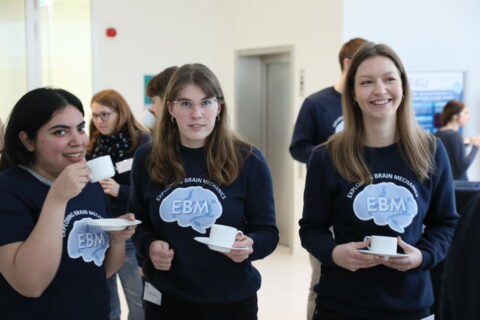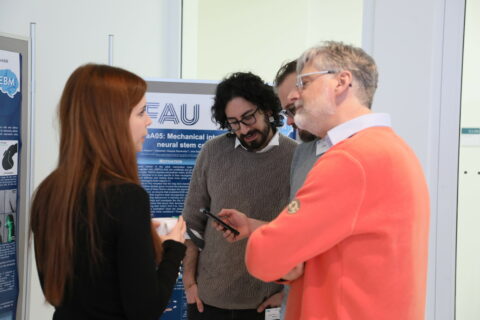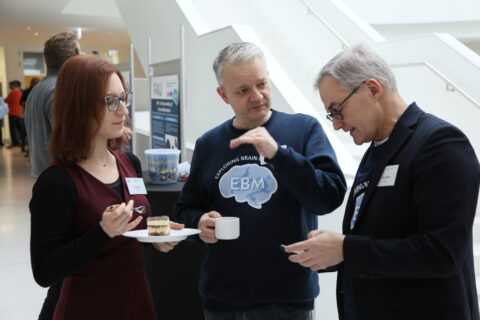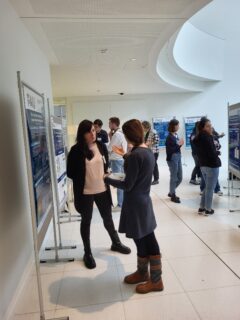1st EBM Update Meeting
The Consortium on Exploring Brain Mechanics met on February 9 at the Max Planck Institute for the Science of Light in Erlangen, to provide a comprehensive progress update on all ongoing projects within its purview. The day commenced with a meeting of the EBM Executive Board, fostering an open dialogue on organizational matters, seamlessly transitioning into the EBM general assembly. During the assembly, decisions were made on various aspects such as social media strategies, plans for further educational workshops and seminars, and comprehensive reviews of the currently ongoing program.
EBM is structured into three focal research areas (FRA) focusing on cerebral (A), spinal (B), and cellular mechanics (C), an overarching cross-sectional research area (XRA) and the additional project Y.
Frederik Laun kickstarted the presentations, detailing the progress towards establishing MRE at FAU as a key objective of Project Y. Following this, Ingolf Sack elaborated on Project X, presenting various cross-sectional projects including experimental MRE observations, phantom material testing, computer modeling, and the development of AI-driven identification tools. Moving forward, Kristian Franze reported on Focal Research Area A, focusing on cerebral research, emphasizing the quantification of brain malformations and the exploration of early neural development through a combination of in vivo, in vitro, and in silico approaches. Focal Research Area B, focusing on spinal mechanics, was then elucidated by Stephanie Möllmert, who provided insights into spinal cord regeneration, testing protocols, and manipulation techniques across different species. The final round of updates centered on the C projects, presented by Vasily Zaburdaev, examining the effects of cell mechanics on neuronal plasticity, activity modulation, mechanotransduction processes, and cell matrix modeling.
Throughout the presentations, breaks for lunch and coffee provided opportunities for engaging poster presentations from each project, sparking lively debates and discussions among attendees, facilitating a deeper understanding of each project’s nuances and fostering further collaborations.
An additional highlight of the day was the celebration of the spokesperson, Paul Steinmann’s birthday. A cake was presented to him, which he graciously shared with all participants. Additionally, he received a special gift—a 3D print of his own brain, crafted from MRI scan data—symbolizing appreciation and recognition, and further reinforcing the spirit of collaboration and camaraderie within the consortium.
Yashasvi Verma (X01)
